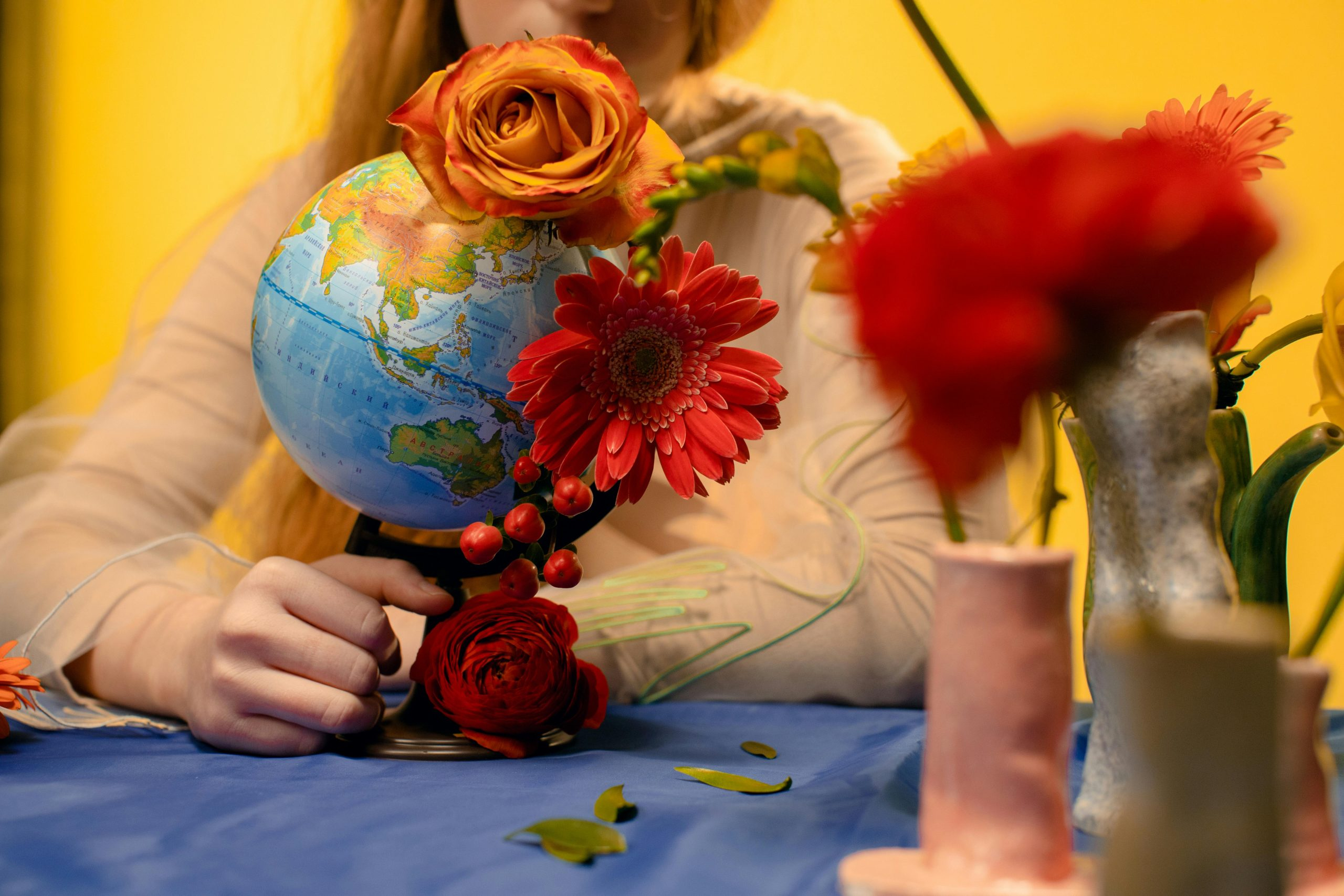The Art of Mindful Consumption in an Overloaded World
In today’s fast-paced and consumer-driven world, it’s easy to get overwhelmed with the endless options and constant demand to consume. We are bombarded with advertisements, social media influencers, and peer pressure that encourages us to constantly buy the latest products, try new trends, and keep up with the ever-changing culture. But amidst all this frenzy, how can we find balance and learn to consume mindfully? In this article, we will dive into the art of mindful consumption and how it can help us navigate through an overloaded world.
The Rise of Consumerism
Consumerism is the cultural phenomenon that promotes the acquisition of goods and services as a measure of personal fulfillment and happiness. It has become deeply ingrained in our society, influencing our thoughts, behaviors, and lifestyle choices. Many of us have fallen into the trap of equating material possessions with success, self-worth, and happiness. As a result, we often find ourselves caught in a never-ending cycle of buying and owning more, without ever feeling truly satisfied.
The Effects of Mindless Consumption
Mindless consumption not only takes a toll on our wallets, but it also has a significant impact on our mental and emotional well-being. The constant pressure to consume can lead to feelings of anxiety, guilt, and even depression. It can also cause us to lose touch with what truly brings us joy and fulfillment, as we are constantly chasing after the next best thing.
The Solution: Mindful Consumption
Mindful consumption is the act of deliberately paying attention to our thoughts and actions when making purchasing decisions. It involves being fully present and intentional about what we choose to buy and why. It encourages us to ask ourselves if a product or service aligns with our values, needs, and overall well-being.
The Art of Mindful Consumption
Identify Your Triggers
One of the first steps to practicing mindful consumption is to be aware of your triggers. What are the things that make you want to buy something? Is it scrolling through social media, browsing through your favorite store, or feeling pressure from friends and family? Once you identify your triggers, it will be easier to recognize and address them when they arise.
Do Your Research
Before making a purchase, take the time to research the product or service. Look for reviews, compare prices, and consider alternatives. This will not only help you make informed decisions, but it will also give you a better understanding of the impact of your consumption on the environment, society, and your own well-being.
Practice Gratitude
A key aspect of mindful consumption is being grateful for what we already have. The urge to consume often comes from a place of lack and dissatisfaction. By practicing gratitude, we shift our focus to what we have rather than what we don’t, and this can prevent us from mindlessly buying things we don’t need.
Set Limits and Boundaries
In this consumer-driven society, it can be challenging to resist the constant pressure to consume. That’s why it’s important to set limits and boundaries for yourself. This could mean going on a spending freeze for a certain period, unsubscribing from marketing emails, or avoiding temptation by staying away from places that trigger your urge to buy.
Buy with Purpose
Lastly, when you do make a purchase, make sure it aligns with your values and serves a purpose in your life. Is it something you really need or will use regularly? Is it ethically made and sustainable? Does it bring you joy and add value to your life? These are important questions to consider before adding something to your cart.
In Conclusion
Mindful consumption is not about restricting ourselves from buying things we enjoy or need. It’s about being more intentional with our choices and finding a balance between our wants and needs. By becoming more mindful of our consumption habits, we can save money, reduce the negative impact on the environment, and ultimately find more fulfillment and happiness in our lives.
Let’s remember that we have the power to choose what we consume and how it affects our lives. So let’s use that power mindfully and make choices that align with our values and overall well-being. As the saying goes, “Happiness is not about having more, it’s about enjoying what we already have.”










